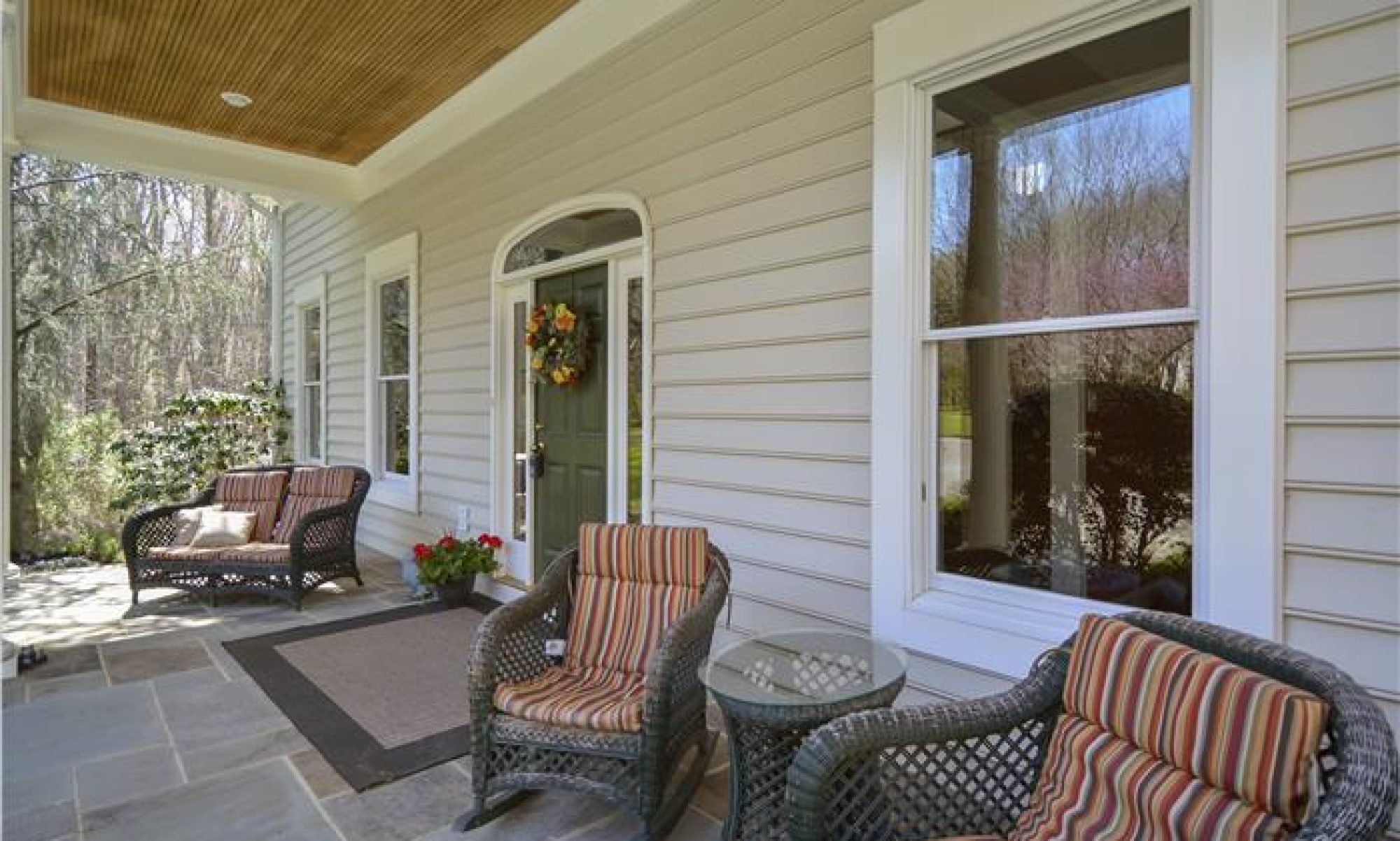It’s almost inconceivable to think that the housing market will undergo a foreclosure crisis similar to what we went through back in 2008. How will home prices 2021 be affected by an impending wave of foreclosures?
If you remember, the 2007 housing market peaked as home prices skyrocketed. Homes were a hot commodity as home buyers and speculators seemingly could not get enough. But by the fall 2007, as if someone flipped a switch, inventory piled up. There was a reckoning in 2008 as the market was flooded with foreclosures. Home prices dropped to the lowest levels in a decade and days-on-market averaged in months. It took five years for home prices to stabilize and maintain solid gains.
Fast forward to the 2020 lockdowns. The housing market took off like a rocket during the summer and fall, after taking several months off. Pent-up demand was the catalyst for record home sales leaving inventory depleted and forced upward pressure on home prices. Housing is again economy’s workhorse.
A November 19th NAR press release (nar.realtor) touting October home sales indicated that existing-home sales increased 26.6 percent year-over-year! Additionally, the median existing-home sale price increased 16 percent year-over-year. All this occurred as home sale inventory levels are historically low. Interestingly, it was noted that about 70% of homes sold during October, which means not all homes sold.
Additionally, October’s pending home sales point to a strong market into 2021. The NAR’s October Pending Home Sale Index indicated that although new contracts declined a slight 1.1 percent from September to October, the year-over-year new contracts increased about 20 percent!
With stats like this, many industry experts are expecting a strong housing market and increased home prices 2021. The high expectations for the housing market is demonstrated by a December 3rd HousingWire report (housingwire.com) titled, “Even with low inventory, expect a strong 2021 housing market.”
And as many celebrate this hot housing market during a global pan-demic, some are raising concerns about the many home owners who are delinquent on their mortgages. Unfortunately, delinquent mortgages haven’t received as much coverage as it probably should have. Many home owners are unable to stay current on their mortgages due to lock-down job cutbacks. As a result, some are expecting a surge in foreclosure notices.
An October 13th CoreLogic press release indicated that the July mortgage delinquency rate (30 days or more late) was 6.6 percent. Although the rate slightly dropped from June’s 7.1 percent, serious delinquencies (90 days or more past due) jumped to 4.1 percent (compared to 1.3 percent a year earlier). Serious delinquencies are the highest since April 2014. Troubling is that mortgages which are 120 days or more late surged to 1.4 percent – which is a 21-year high, eclipsing the 2009 peak! The metropolitan areas experiencing the highest delinquency rates are those where home price increases made the most gains (such as New York, Miami, Las Vegas, and Houston).
So, what does this mean?
An August 27th CoreLogic report made a case for declining home prices in 2021. There’s no denying it, there is a foreclosure wave waiting in the wings. It’s unclear when the foreclosures will occur because of the current pan-demic moratorium. However, if foreclosures are as numerous as they were in 2008, home prices 2021 will likely decline when these homes come to market.
By Dan Krell
Copyright © 2020
Original located at https://dankrell.com/blog/2020/12/05/home-prices-2021/
If you like this post, do not copy; instead please:
link to the article
like it on facebook
or re-tweet.

Disclaimer. This article is not intended to provide nor should it be relied upon for legal and financial advice. Readers should not rely solely on the information contained herein, as it does not purport to be comprehensive or render specific advice. Readers should consult with an attorney regarding local real estate laws and customs as they vary by state and jurisdiction. Using this article without permission is a violation of copyright laws.





